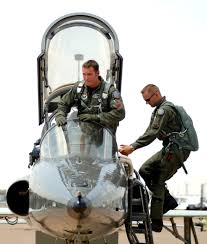
Note: Below is a guest post on Doctor Aviation. This is the fourth in a series (for others see: https://doctoraviation.com/becoming-an-air-force-pilot/ and https://doctoraviation.com/becoming-an-air-force-pilot-ii/ and https://doctoraviation.com/becoming-an-air-force-pilot-iii-upt-t-6/ ). It is written by Craig, who is in the midst of becoming an Air Force pilot. It will give aspiring Air Force pilots a glimpse of what it is really like. In this case, UPT. This is Craig’s journey in his own words.
This blog is a continuation of a series on U.S. Air Force pilot training. The previous blog https://doctoraviation.com/becoming-an-air-force-pilot-iii-upt-t-6/ ) explained the beginning of pilot training, and this blog will cover the end of pilot training. The information contained herein reflects the T-38 track instead of the T-1 or UH-1 track. There are many differences between the three because they train to different missions in the Air Force.
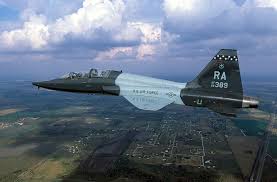
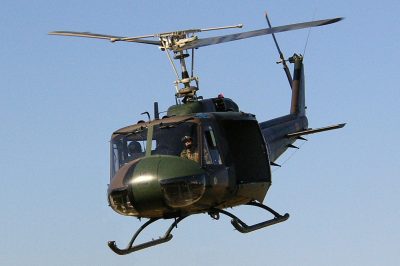
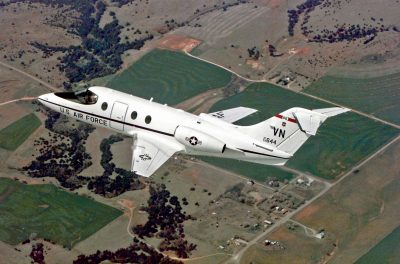
T-38 UH-1 T-1
Phase three of pilot training was called the “advanced” phase. The focus was placed more heavily on your follow-on aircraft. For the UH-1 track, the follow-on aircraft would be a helicopter. For the T-1 track, the follow-on aircraft would be either a cargo or refueling aircraft. For the T-38 track, the follow-on aircraft would be a fighter or bomber aircraft. The idea was to train each student with the mindset of learning the fundamentals of your next mission rather than on learning the fundamentals of flying.
The training began with academics as usual and a strong emphasis on the boldface, operating limits, and the squadron standards. Like at the beginning of pilot training, it was stressed to excel in academics. Because fighters are very competitive, only those with the best academic scores would get fighters. The boldface and operating limits were also of great importance as in the T-6. The term boldface comes from the emergency section of the operating manual of the aircraft. Those steps listed in bold font were considered urgent and must be completed from memory. You could expect to have around ten boldface procedures to memorize for an aircraft. Similarly, the operating limits are self-explanatory and are essential to have memorized in order to be a competent pilot. An example of an operating limit is the oil pressure range in military power.
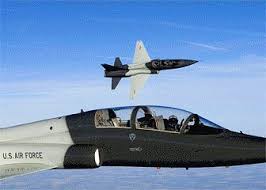
Squadron standards were much more integral in the T-38 community than in the T-6 community. This was true primarily because of the shift towards more formation flying in T-38s than in T-6s. Squadron standards are those rules that are customized per squadron and lay out some basic rules for how to proceed in certain situations such as how to brief, debrief, taxi, takeoff and fly. For example, if a formation of two aircraft became blind (lost sight of each other), then the standards would address how to handle the situation. Because of the higher importance placed on the standards, it was repeatedly beat into our brains to memorize the standards so that you know how to execute them while flying.
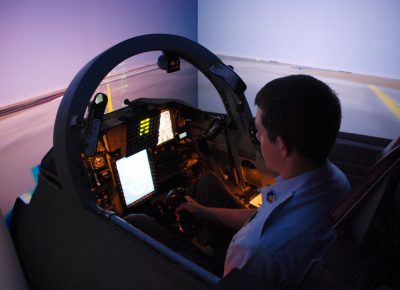
Before we hit the flight line, we were given several sorties in the simulator. The first few consisted on switchology (i.e. see what each switch does). Then we moved into checklist flows, flying patterns, local procedures, and finally emergency procedures. The T-38C has a very nice avionics suite, so it took some time to learn all the tricks and how to best utilize the NAVAIDS (navigational aids). It was a significant learning curve transitioning to a new aircraft and took quite some time to get to a level where I felt comfortable for my dollar ride.
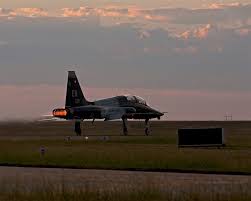
My first flight in the T-38 was memorable. As much as I tried to prepare, I was still not fully ready and made plenty of mistakes, but it was a lot of fun and very exciting. Some pilots say you lose several IQ points when you strap into a jet. There is some truth to that because psychologists will say that your IQ decreases with high stress. As much as chair flying helps, it doesn’t prevent your nerves from getting to you when you smell the jet fuel and hear the engines roaring alive reminding you that you’ve never really done this before. After finally getting to the runway for takeoff, you push the throttles up to afterburner (AB) and feel two kicks as the AB lights off sending you back into your seat. I went faster by the end of the runway than I had ever been in a T-6.
The pace of the training picked up considerably after academics. It was not uncommon to fly two sorties a day. The flying consisted of transition, instruments, and formation; essentially the same as T-6s. Transition focused on flying patterns, aerobatics, and stalls/slow flight in the military operating area (MOA). Instrument flying was focused on flying instrument approaches, going cross-country or out-and-back to other airfields, and night flying. Formation focused on learning how to fly ten feet from your wingman and then on how to fly tactical formation. We also flew four low-levels; two of which were in formation and 500 feet from the ground.

After drop night we were given five additional sorties at the end of training to introduce us to our next training. If you were lucky enough to earn a fighter assignment, three of the five sorties were four-ship formation flying, and the last two were advanced extended trail to prepare us for basic fighter maneuvers (BFM). If your assignment was a bomber, you would do low-levels and out-and-backs. Any other assignment would just be out-and-back instrument flights.

Drop night was a huge deal and a party for the whole student squadron and all of the instructors. It was always hosted at the officer’s club on base. The night started off with a toast to heritage as a student pilot shared a brief story about a valiant pilot who went above and beyond the call of duty for our country. An IP would then emcee the evening as each student pilot in the current class would walk to the front of the room and await the announcement of his or her future. A few jokes were said about each student and then the year-long anticipation was finally over. After a moment of suspense, a picture of your future aircraft is displayed on a projector screen for everyone to see and the crowd cheers for you. You shake hands with the leadership in attendance and celebrate with your classmates.

Two weeks after drop is graduation. The same group of people who spent a whole year together through the rigors of pilot training finally say goodbye, and we all go our separate ways to finish our follow-on training. For those who earned a fighter, there was one additional training called Introduction to Fighter Fundamentals (IFF) that was exclusively for fighters and meant to push you to your limit to weed out the few who couldn’t make it in the Air Force’s most prestigious group of aviators.
Here is a link to a 6-minute video summary of pilot training ttps://www.youtube.com/watch?v=neSdWhN_UT0 .
